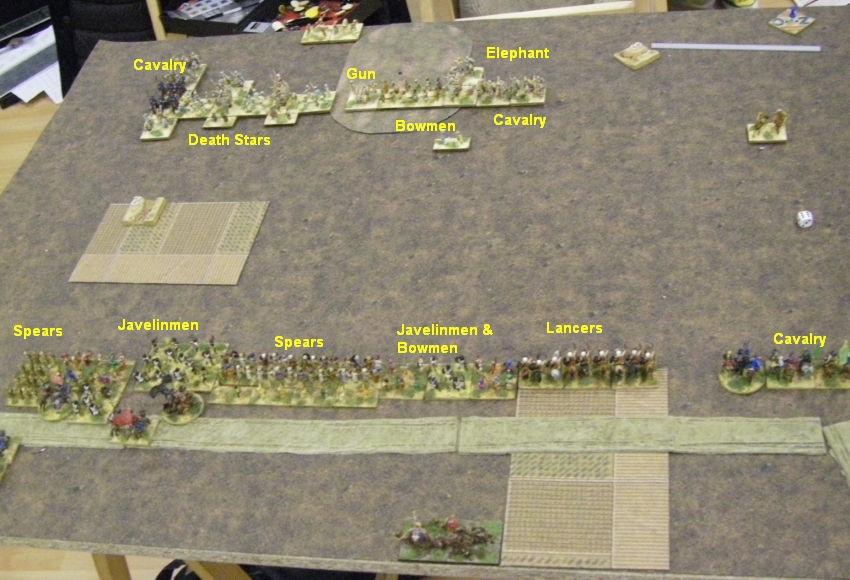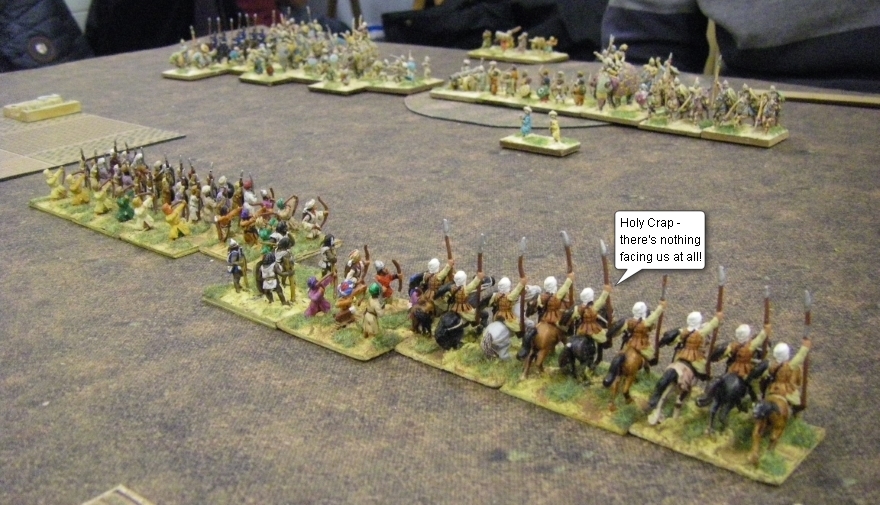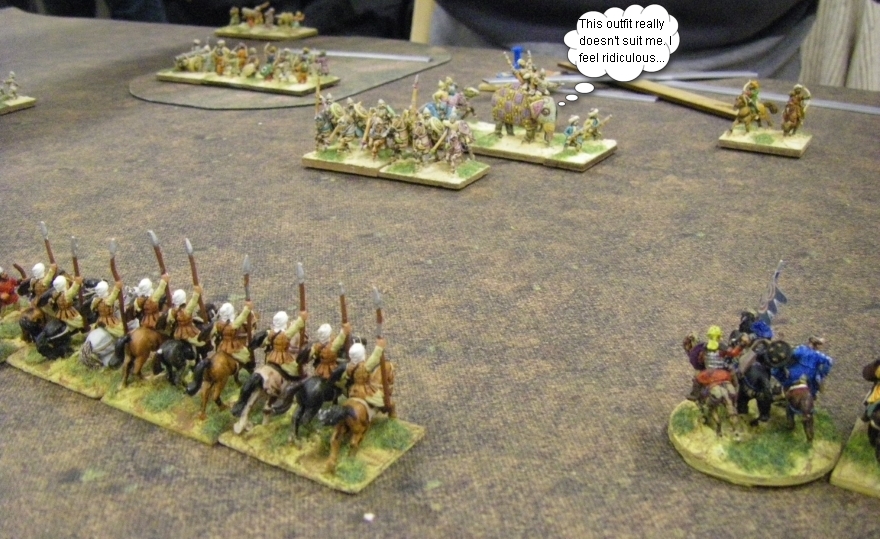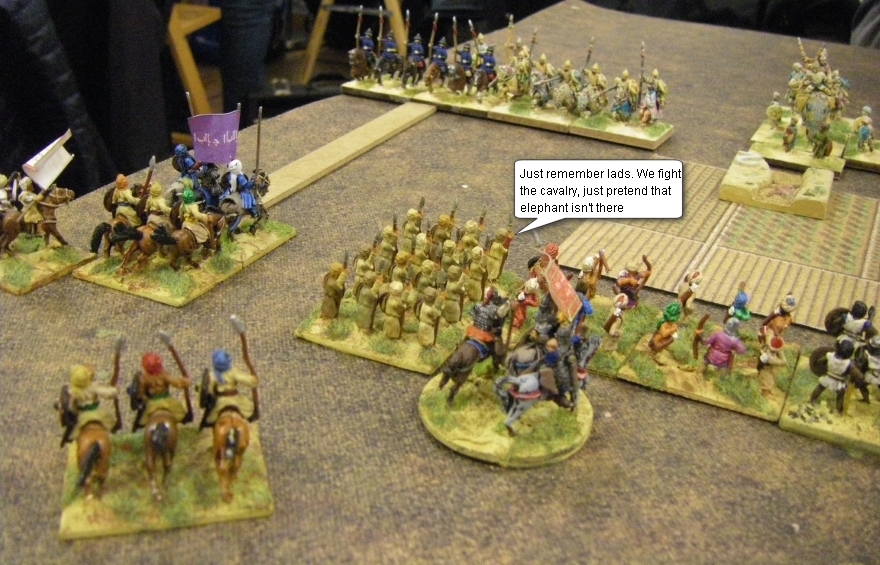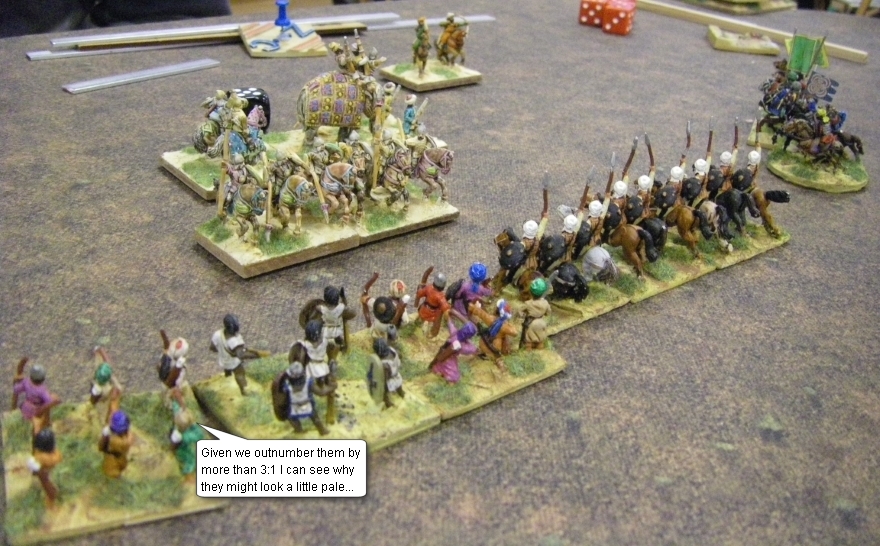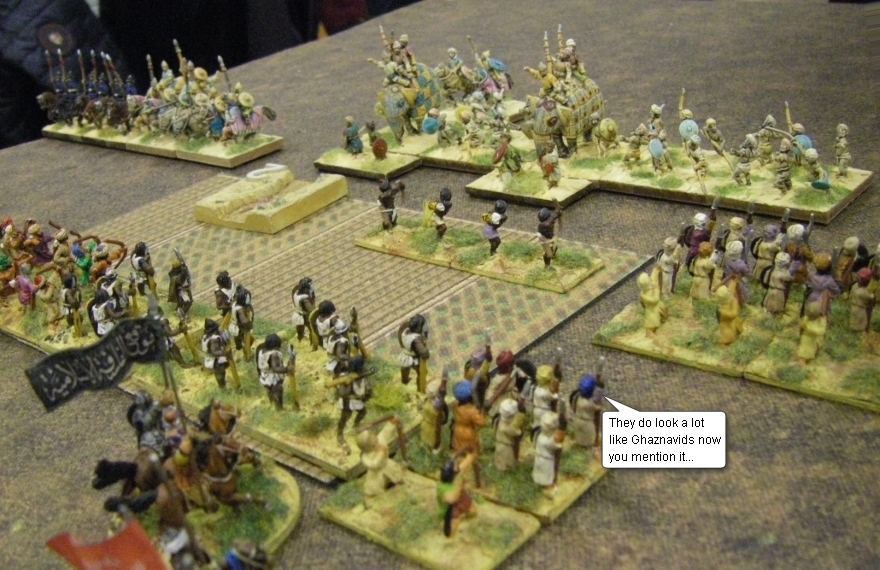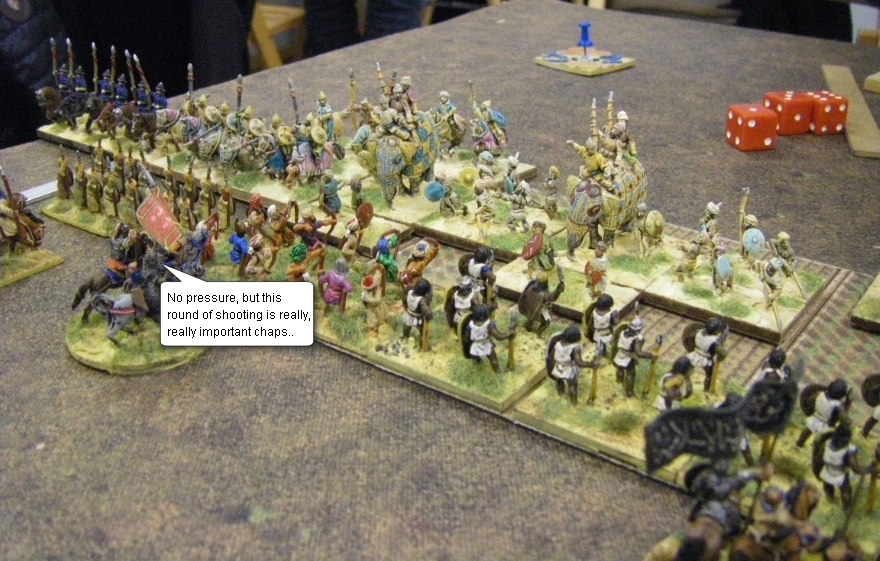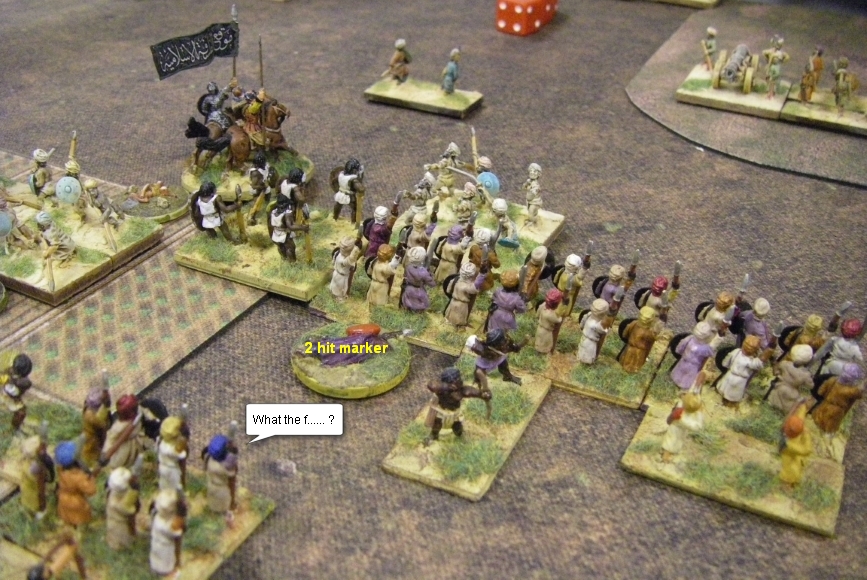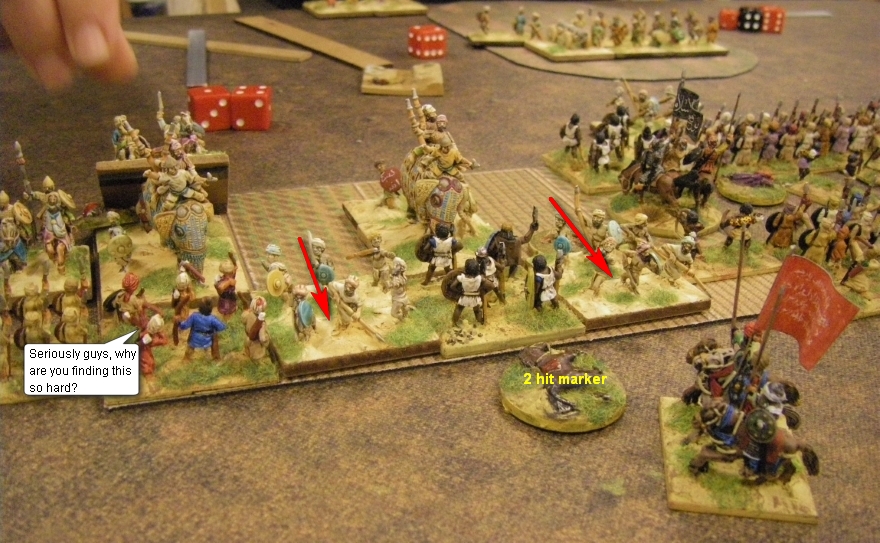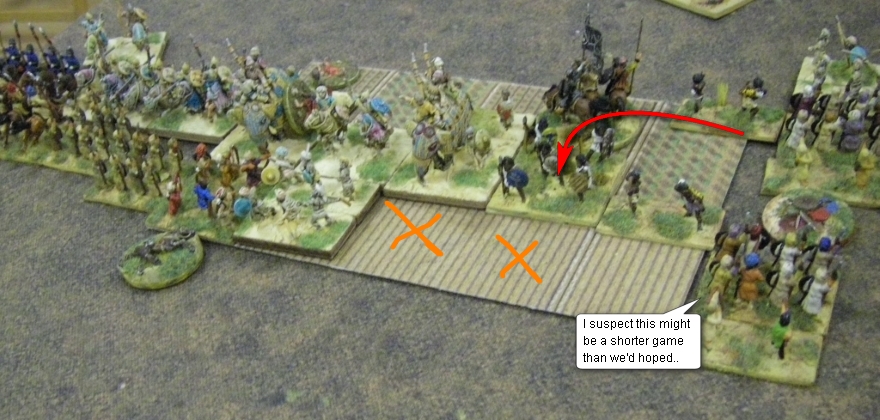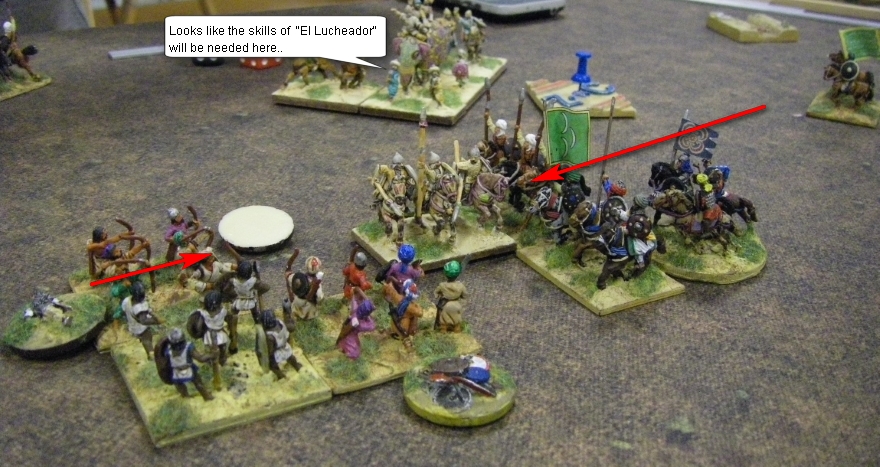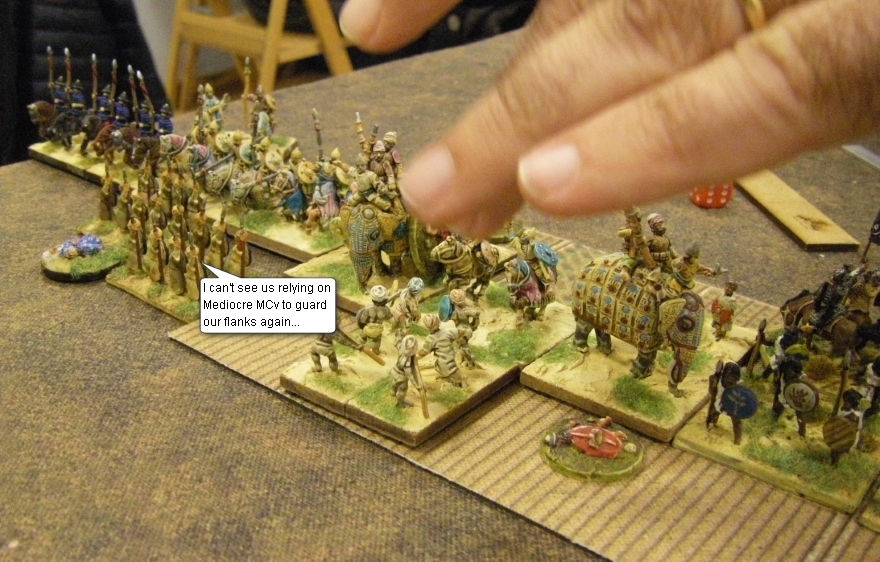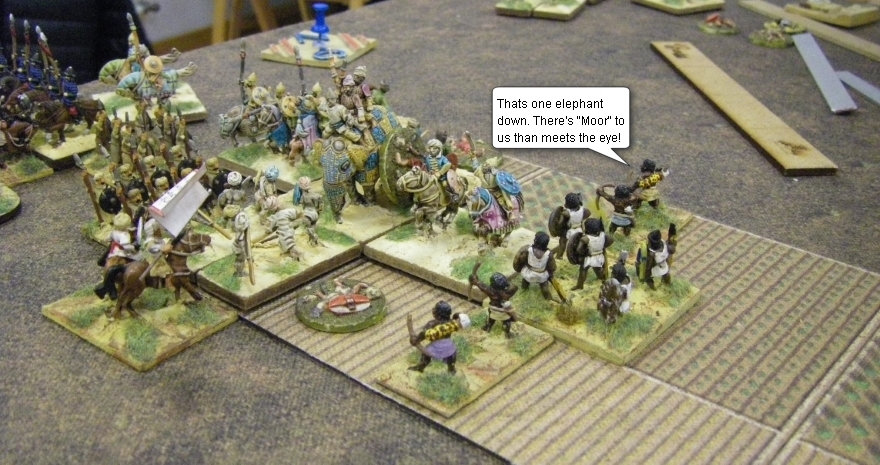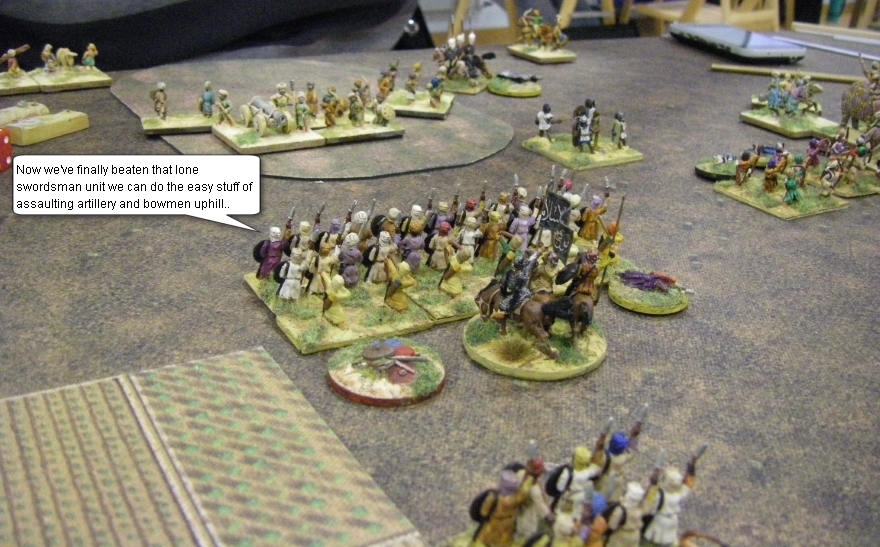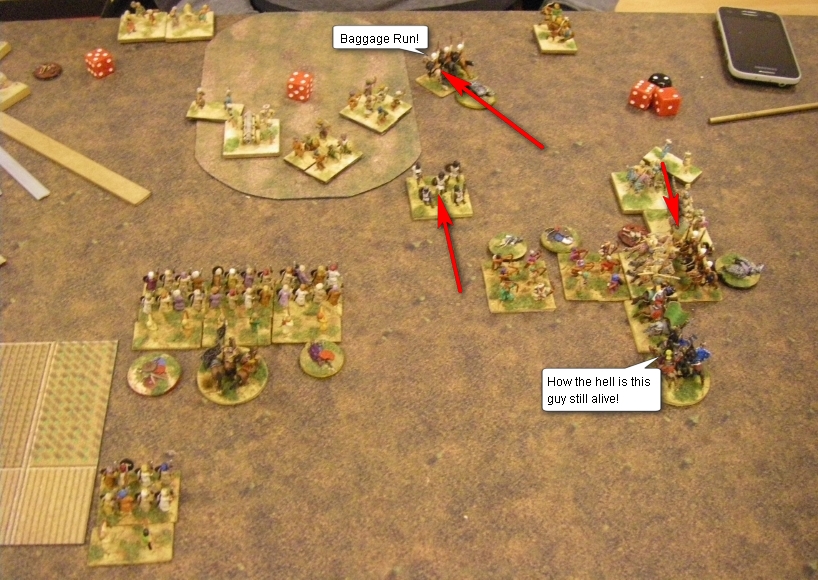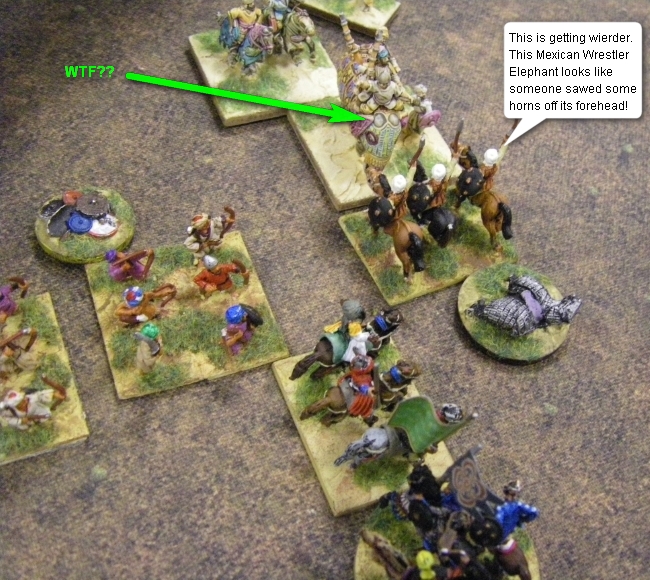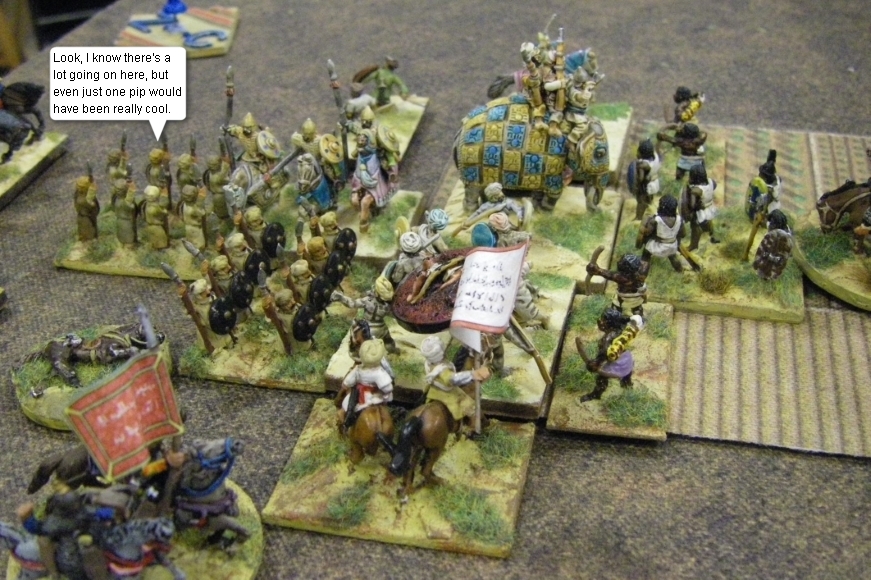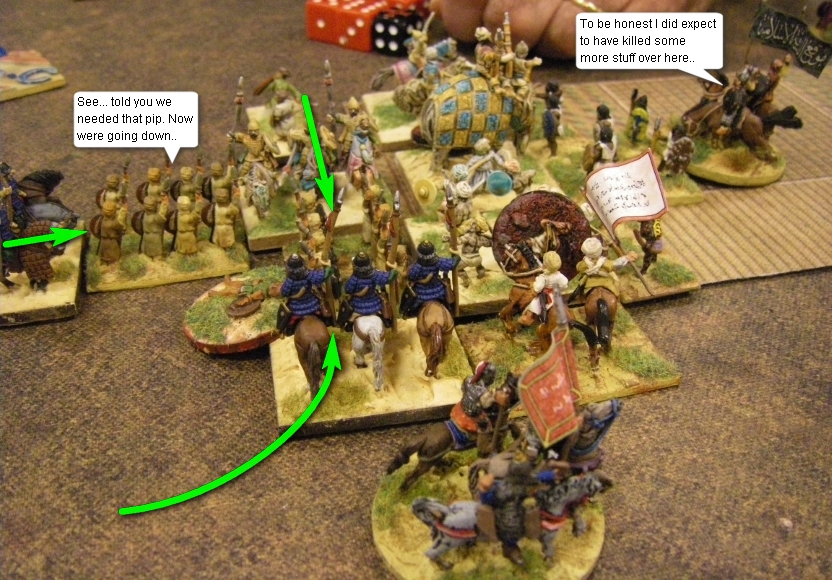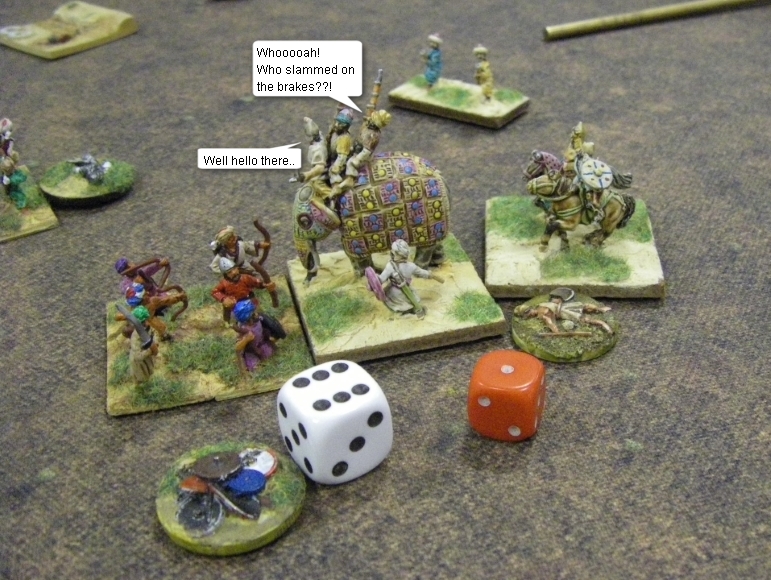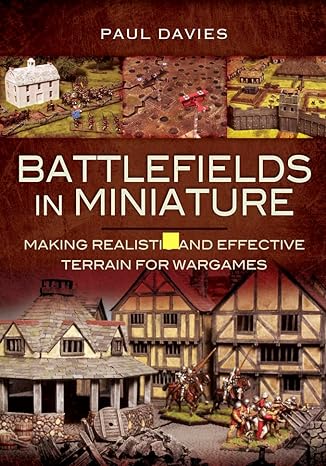Open 2-list ADLG in Estella, 2018
Umayyad Arab vs Delhi Sultanate
Game 1 Umayyad Arab vs Armenian
Game 2 Umayyad Arab vs Delhi Sultanate
Game 3 Umayyad Arab vs Alexander The Great
Game 4 Umayyad Arab vs Maurikian Byzantine
Game 5 Umayyad Arab vs Medieval Polish
The Castles! Driving to Madrid
If one was to choose to invade Spain, starting by going through Armenia would not be the obvious choice. But, this was the route of attack which the Umayyad General had chosen and so his men followed him willingly. Well, as willingly as it is possible to follow someone when you are glued at the ankles to a piece of 2mm MDF, magnetised to the bottom of a metal box, packed in with foam and then carried in hand luggage through a series of European airports.
With one win already under their belts the Arab army was confident. Their strange, unusual, and frankly downright bizarre army construction which was completely untested before this moment in time had actually proved to be OK, at least in the first game, and so with increasing confidence and a shot of coffee or two they looked forward to the next round
The first game against the Armenians had been a matchup against an army almost equally as esoteric and unusual as this Arab one itself. The matchup in game two however was a more traditional and well tested enemy, and potentially therefore a stiffer test as well. Iniaki and his "I Can't believe Its Not Ghaznavid (because, let's face it, basically it is)" Delhi Sultanate army.
The Delhi Sultanate
The lists for the Umayyad Arab and Delhi Sultanate from this game, as well as all the other lists from the games at Estella can be seen here in the L'Art de la Guerre Wiki.
The Delhi Sultanate army is one of the latest-dated armies in the army list bible. It of course contains elephants, and every time there are elephants there must be impetuous medium foot swordsmen to stand in between them. The army also has Ghulam cavalry, some of whom are double armed with Impact and bow, the rest being the usual bow-armed horse archers.
To pad out the army you always find a smattering of bog standard or even poor quality bowmen, and finally it has a not so secret weapon. Artillery. This is seemingly unusual for an army such as this, as many of the other troop types appear to rely on moving forwards in a rolling attack, so making best use of the static artillery is a challenge. Played well it can interdict an enemy advance at long range - as I found to my cost against El Kreator in Salamanca some years before.
Iniaki had been telling us all for the last two days that he was a lucky general. Whilst this would have made him a favourite of Napoleon it did not endear him in any way to the team from Central London, and now here I was as the first one of our number to have to face Iniaki and (seemingly) his (or in fact mine, as we shared) dice.
The table fell pretty openly as the Arab general did not want any terrain to complicate his wide army's attack. This meant the textbook road and the smallest possible field, both of which failed to trouble the cartographers to any significant degree.
The lack of attacking terrain did result in Iniaki's choices of a hill and a field or two having freedom to land across much of the battlefield. In the end it would be difficult to imagine a much better way for the two fields and one hill to the fallen. A hill on your own baseline? Fortunate. A field, perfectly placed for a few elephants and swordsmen to go through untroubled by enemy mounted? I'll take that as well.
Knowing the army would have plenty of these elephants the Arab general had picked his first choice list option, one which had a large number of Berber javelinmen. This troop type always proved more threatening in theory than in reality as the complexity of are getting the javelinmen into the enemy Elephants whilst avoiding the inevitable impact swordsmen between them had always seemed beyond me.
L'Art de la Guerre hint - Elephants dont get a first round "impact" bonuses against Javelinmen, leading to them fighting at 2:1 down on base factors.
Extending the Arab line to the right were yet more of those poor quality charging cavalry you may remember from the first game, as well as bowmen. On the right flank this combination faced a segment of the Indian army so small it was barely present.
Faced with no real opposition the Arab army gleefully stumbled forwards, leading with a strong (yet also poor quality) right hook of cavalrymen who only weeks before had been gripping rakes and hoes as they tilled the fields of the Libyan littoral plain.
Instead of agricultural implements they now clutched their lances and spears, and tried to remain on horseback and look sort of competent as they advanced into open space.
The army from India facing them had, as appears increasingly traditional, equipped its elephants in full Mexican Wrestling gear. The mask-wearing pachyderms danced and jived behind a thin screen of Mughal cavalry.
Peering out from his elaborate luchador costume the elephant would also have been able to glimpse Turkish-hatted handgunners protecting him from any possible Arabian shooting. The Arab commander looked on in puzzlement. Facing his right wing were so few troops it seem difficult to understand if he would need to do anything more complex other than advance and engage.
The right flank of the Indian army (or indeed the right flank of the Indian terrain) had a well telegraphed four unit wide gap between the field and the edge of the world. This was the obvious place for four Indian Noble Cavalry to go, and indeed that is what the Arabs found there.
Second guessing the opponent in this way is an advantage only if you have the troops to match off against them however. In this configuration the left wing of the Arab army contained both horse and two units of spearman, who, in the fulfilled expectation of meeting cavalry had been dispatched to block off any possible Indian advance through this gap.
Filling the rest of the gap was slightly more tricky as nothing in the Arabian army had sufficient quality to match off against the high quality Ghulams of the Delhi Sultans Royal Guard. This lack of quality, combined with the 4-hit resilience of the spearmen meant that this would in all probability be a holding flank.
What's Going on Here Then?
The Arab army has swept forward to pin the Indians in the corner, and both sides seem intent on setting up a decisive clash in the centrally located cornfield. The Indians most powerful cavalry are on their extreme left, and are being faced down by Arabian spearmen. The Umayyads clearly expect to win the battle in the centre and on their right, the Delhi Sultanate appear to have a similar intention..
The main action would take place to the right of here, with the elephants slamming in against the Berber javelinmen in the field.
Back on the extreme right the Arabs continued to advance, using width, manoeuvre, and shooting in an attempt to put unsustainable pressure on the nearly-token Indian Force. It was still difficult to see what the Indian plan was other than to simply be overwhelmed
Delhi Sultanate at War
Fresh from a recent first appearance, the javelinmen, originally purchased as Numidian infantry from Forged In Battle had formed a white-clad line in the field, ready to face off against the onrushing tide of elephants and swordsmen. A blocky formations of Arabian spear-armed infantry were simultaneously driving forwards along the edge of the field, past the likely line of battle for the elephants in order to open up flanks and overlap opportunities for the Arab forces.
The charge of the elephants and swordsmen would be a ferocious one so the Arabian tactic was simple - engaging some of the swordsmen with the solid spear block before they could get into the terrain, the Arabs sought to thin down the Indian attack line using both width and overlaps to neutralise the explosive attacking power of the elephant and infantry combination. This cornfield would see a decisive fights not to be repeated until the American Civil war battle of Antietam !
The Indian plan was almost as simple as that of the Arabs - confident in their attacking prowess they appear to care naught for the extra width and overlaps of the Arabs, and are ambivalent of the risks to their elephants were they to become engaged with the Berber javelinmen.
The whole line advanced at pace striking fear into the hearts and cojones of the still battle untested Arabian collective
What's Going on Here Then?
The Umayyad troops are virtually unopposed on fully 2/3 of the table, but the Indian units there are refusing stoically to give ground and instead are holding up the Umayyad advance resiliently. In the cornfield a decisive cash is slowly taking shape as both sides jostle for advantageous positions, whereas on the Umayyad left a wall of spearmen seems to have plugged the gap which the Indians clearly were looking to drive through.
Seemingly every unit in the Indian army appeared capable to posing challenges for the Umayyads - everything was high quality, or at least had potent attacking competence.
The Arabian answer to both questions was the same - numbers and width. This combination had allowed the Arabs to pick off and isolate a lone unit of Indian swordsman, tricking them into charging against the solid line of Arab spears. Keen to get rid of them quickly, a javelinman moved up into a support position. Were they to dispatch these Indian warriors quickly the route would lie open to the Indian camp, the Indian artillery park and freedom to roll up the flank of the Indian elephant line seemingly at will.

This was the first test of Iniakis dice skills - and Iniaki pulled it straight out the bag of with a spectacular and massively against the odds victory for his one isolated swordsman unit!
The battle was now developing apace, but not necessarily at a pace which suited the Arabs.
The overwhelming numbers and force which they were trying to apply to the left wing of the Indian army had still to bear fruit. Massed volleys of shooting by Umayyad infantry and cavalry was failing to dent the ordinary quality Indian horseman over there, and meanwhile the threat of that lone Elephant worried many of the Arabian cavalry.
The centre, where the Arabian spear line should by now be advancing smoothly and unopposed was instead proving to be a place where the Indians martial and diced based prowess was able to hold up a substantial portion of the Arabian army.
On the Indian left, despite extensive javelin and bow shooting, very little damage had been done to the advancing line of Indian elephants, infantry and handy cavalry. They were now ready to charge in. This was where the Indians were looking to win the game and it seems they were ready to start a fight that they wanted to win much sooner than the Arabs had been able to work up a winning position on the other flank where they seemingly held the advantage.
The initial assault was both ferocious and deadly. The Indian swordmen barely paused for breath as they swept away the firebreak of admittedly untried Berber javelinmen.
Mexican Wrestling Elephants wreaked terrible damage as they charged, and of the arrayed Arabian forces only a surprisingly resilient Bowman unit provided any sort of competent resistance to the Indian surge. For a battle line so carefully assembled, the Javelinman/Bowman/Spearwall formation had proved desperately ineffective.
To add insult to injury the added width of the Arabian army (and with it a supposed opportunity to attack the flanks of the advancing Indian line) was being totally neutralised by a succession of terrible pip dice. Inaki's luck clearly worked both on his own, and his opponents dice as this lack of command and control prevented the Arabs from turning on to the left flank of the Indian advance.
Indian Swordfighting Granny Kicks Ass
Within moments it appeared that the Berbers had been nearly totally cleared from the enclosed field. The only bright spot was when a returning javelinman, attacking the rear of an Indian swordsman, managed to record a win and in so doing whittle down the width of the Indian line a smidge.
Over on the far right of shot, double overlapped Indian swordsmen continue to put up a ridiculously competent fight against what should have been overwhelming numbers. For a unit which should have been long removed from the table, the swordsmen now seemed more likely to break through the Arab line than they were to being broken themselves.
On the far right, the overwhelming numbers of Arabic troops were gradually being thinned out by shooting from just two average Indian cavalryman.
Pretty much the entire resources of the massive Arab right flank command were being applied from all directions against these two bog-standard mounted units in an attempt to turn this unfortunately resilient tide.
Delhi Sultanate at War
The Sultanate's Mexican Wrestling Elephants were now rampaging at will, breaking out of the salient which their sheer frontal aggression had created.
On the far flank the Umayyad resistance had largely crumbled in the face of relentless, effective Indian mounted archery, and the force of Arabs who's task had been to block up this flank was now was rapidly turning into a liability. Their loss could even start to tip of the entire Umayyad army dangerously closer to defeat.
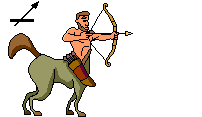
The field in which the decisive parts of battle were taking place by now did not so much appear as an agricultural terrain feature, but more an astronomical phenomenon. It now resembled nothing so much as a veritable black hole into which troops from both sides were inexorably being sucked, often to their doom. Finally pulling together a decent run of command pips the Arabs finally mobilized their infantry into a series of flank attacks, starting at last to begin sweeping the Indians from the field from right to left.
But the Indians likewise were also heading rightwards, overwhelming the blocks of densely packed Umayyad Spearman with assaults from all sides.
Remember that lone swordsmen?
Incredibly it has taken this long for thousands of spear wielding Arabian martially skilled infantry to dispatch just one nappy wearing warrior. In the process of being delayed for so long, the rest of the Arabian infantry formation has also come under sustained fire from Indian artillery.
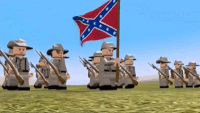
With the Field where the Mexican Wrestling Elephant fight took place having played the role of The Cornfield in the battle of Antietam, the Umayyads now seek to replay Picketts Charge at Gettysburg as they rush forwards, gaining momentum at every step, in an attempt to close on the Indian artillery
On this vast swathe of terrain which forms the battlefield on which India and the great Arab empire are fighting for supremacy, it feels as if every volley of arrows unleashed by the Indians strikes home, and every charge, every attack, every advance the Arabs try to conduct is doomed to falter and come to naught.
What's Going on Here Then?
The battle in the field has left both sides exhausted and battered - an honourable draw which the Umayyads had feared at one stage they would lose traumatically. Elsewhere the resilience of the Indian forces has somehow counteracted the numerical superiority of the Umayyads, and the Caliphs forces have made little if any meaningful progress along the rest of the line of battle.
The proof is here - the Indians have somehow managed to hold up fully half of the Arab army with little more than a pair of units of horsemen and a Mexican Wrestling Elephant.
This last, second Indian cavalry unit finally, eventually, and despite the best efforts of his own dice, goes down. The Luchador Elephant is now all that is left, and he too is grappling with yet more Umayyad cavalry.
The Arabs almost have too many options available to deal with this strangely dressed beast, but never enough pip dice to put them into practice.
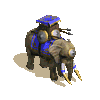
Back over on the left of the battlefield the black hole of combat continues to suck troops from both sides into an ever-smaller perimeter. The last Mexican Wrestling Elephant on this side of the table had turned about, and is even now facing up to its potential nemesis, Berber javelinmen.
Indian Swords
The sole surviving Indian swordsman is being assailed too from all sides. Only great dice surely can save the Indians from a crushing defeat - and this remember was a position which only a few turns ago seemed so positive for them.
Astonishingly, but to the surprise of no one, the Indians haul some great dice out of the Magic Iniaki Dice Bag of Sixes, dumping them unceremoniously on the table, and in so doing dash the hopes and aspirations of the Arab army for a quick victory yet again.
This had in turn bought yet more time for the Indians' Noble-blooded cavalry to try and have a decisive influence on the game.

The Indian's now-more-microscopic command on the left still has its Mexican Wrestling Elephant in play. The beast is crewed by a number of handgunners, all of whom appear to have (based on their seating positions) a somewhat closer than collegiate level of friendship.
This strange assemblage now attempts to close out an unlikely victory on this flank, against an already badly battered Arabian Archer unit. But, as if to prove the point that only nearly all of the luck goes the way of the Indians, the Arabs pull out a 6-1 and with it an unlikely victory here!
But this sideshow is not where the battle has been lost and won. The main combats have taken place over on the Umayyad left, where despite advantages of numbers, good matchups and opportunities for flank attacks and overlaps, the Arab forces have been unable to truly make their weight of numbers pay.
The end result is that the Indian right wing has inflicted a terrible toll on the Arabian army, even in going down. The Umayyad army may have crossed deserts, ridden through empires, and puzzled airport metal detector operators greatly in getting here, but these countless multitudes who make up the Arab army have undertaken all of those travails simply in order to be given a bloody nose by a small handful of Indian troops and their dice.
Both sides have in the end fought each other to a standstill, and both sides have in the end taken a terrible toll. Both sides armies finally expire at the same time.
The Result is a mutual destruction.
Click here for the report of the next game in this competition, or read on for the post match summaries from the Generals involved, as well as another episode of legendary expert analysis from Hannibal
Post Match Summary from the Umayyad Arab Commander
 Way-ey, this were a reet terrible shellacking for both sides, which e'en a big night out in Big Market with Jimmy Five Bellies hard-drinking brother would struggle t'match.
Way-ey, this were a reet terrible shellacking for both sides, which e'en a big night out in Big Market with Jimmy Five Bellies hard-drinking brother would struggle t'match.
At least ah broke the other army like, wi' me lads doin' alreeet at thu end, even wi a big hole t'climb out of after they had gone 2-0 down at half teem like. 'Twas dissapointing like to see the javelin fella's not do so well ageeenst the enemy chargin infatry like, but I guess anyone from a place where they have taramasalata as a type of food is go'win t'give a load of Geordies liks our army a reet hard time.
If ah was a bettin man, which bein' a professional footballer like, ah am of course not and hever have been, I'd have bet on our team with the Arabian Geordi wave stormin' this game in reet proper short order like. But the Indians did reet well wi'their dice like, and gave us a reet hard time, as hard as cold chips left out overnight round the back of that chippy at Whitley Bay where ah furst me me missus like, but on a January evenin' not a May one.
Ah also hope I disna' see any more elephants dressed like Mexican wrestlers, not in this like and not in tha' next one either like. Sends shivvers dahn me spine, almost as if ah am heerin' the Toon Army chantin' me name again, but not in a good way. Oh well, haway th' lads!
Hannibal's Post Match Analysis
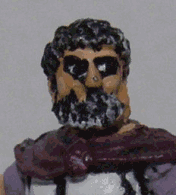 Incomprehensibe codswallop, both in content and analysis. This was not a game the dice lost for you, it was a game you threw away by choosing to play in exactly the manner, and on exactly the patch of terrain that your erstwhile opponents would have chosen for you - indeed you could not have set youor army up better for the Indians to try to beat if you had let them place your units on the table themselves.
Incomprehensibe codswallop, both in content and analysis. This was not a game the dice lost for you, it was a game you threw away by choosing to play in exactly the manner, and on exactly the patch of terrain that your erstwhile opponents would have chosen for you - indeed you could not have set youor army up better for the Indians to try to beat if you had let them place your units on the table themselves.
The Indians have low aggression, meaning they probably want to defend. The hill inevitably would have artillery on it but you lined up infantry at its foot to be skittled away one by one, with the fig-leaf of your struggles against the solo swordsman providing an excuse for not completing an assault which would still have been tricky even unopposed. Knowing that the artillery was sure to be there, why put any troops up against it at all? Just ignore it, take an expensive piece out of the enemy's game, and mass your men elsewhere!
And in the field, I ask you. A 4-wide gap of open terrain on the flank in an army with 4 Khans Guard-type eliote horsemen? What a surprise - and what a surprise it was not to see your spearmen pretty much shot down and overrun by them as the enemy elephants took away your opportunity for overlaps. The rest of your cavalry again could not hope to stand against these guys, so why initiate the combat early by charging forward?
And that same error was compounded in that field. The enemy Death Stars would be there for sure, and your army gains no advantage from being in terrain against such a foe - the advantage you should have had was to hang back here and delay combat against the enemy's best troops (knowing where they would be of course) and then spend time, effort and men in doing a proper, effective right hook with even more of your army against the over-extended flanks of the enemy advance. What were you thinking, other than looking for an excuse to blame the dice? You sir are an idiot, and I doubt that will be cured by the next game
Click here for the report of the next game in this competition
You may also like....
Game 1 Umayyad Arab vs Armenian
Game 2 Umayyad Arab vs Delhi Sultanate
Game 3 Umayyad Arab vs Alexander The Great
Game 4 Umayyad Arab vs Maurikian Byzantine
Game 5 Umayyad Arab vs Medieval Polish
The Castles! Driving to Madrid
View My Stats for My Match Reports Pages


